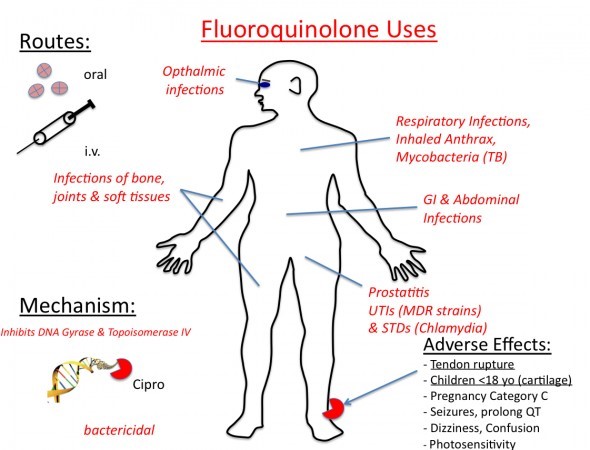A nurse is caring for a client who has a chronic illness. In which phase of the therapeutic relationship should
the nurse help the client develop problem-solving skills?
Preinteraction phase
Working phase
Orientation phase
Termination phase
The Correct Answer is B
The therapeutic relationship can be described in terms of four sequential phases: preinteraction phase, introduction/orientation phase, working phase, and termination phase . In the working phase, most of the therapeutic interventional activities are carried out . This is the phase where the nurse should help the client develop problem-solving skills.
The other options are not correct because:
a) The preinteraction phase starts when the nurse is given the responsibility to start a therapeutic relationship with a patient.
c) The introduction/orientation phase is the first meeting of the nurse with her client (patient).
d) The termination phase is the final stage of the nurse-client relationship.

Nursing Test Bank
Naxlex Comprehensive Predictor Exams
Related Questions
Correct Answer is C
Explanation
Ciprofloxacin is an antibiotic commonly prescribed for the treatment of various bacterial infections. It belongs to a class of medications known as fluoroquinolones. One potential side effect of ciprofloxacin is increased sensitivity to sunlight, which can lead to a higher risk of sunburn. Therefore, it is important for the client to take precautions, such as using sunscreen, wearing protective clothing, and avoiding excessive sun exposure while taking this medication.
"Take an antacid if the medication causes gastrointestinal upset": Ciprofloxacin can be taken with or without food, but it should not be taken with antacids, calcium supplements, or other products containing aluminum, magnesium, or calcium, as they can interfere with the absorption of the medication. If gastrointestinal upset occurs, it is generally recommended to take the medication with food to minimize this side effect.
"Restrict your daily fluid intake while taking this medication": There is no need to restrict fluid intake while taking ciprofloxacin unless specifically instructed by the healthcare provider.
Adequate hydration is important to maintain overall health and prevent potential complications.
"Expect to experience diarrhea while taking this medication": Diarrhea can be a potential side effect of ciprofloxacin, but it is not a universal experience for all individuals taking the medication. It is more appropriate to inform the client about the potential side effects of ciprofloxacin, including gastrointestinal upset, and to encourage them to report any significant or persistent symptoms to their healthcare provider

Correct Answer is A
Explanation
The action by the AP that indicates an understanding of the procedure is elevating the client's legs before applying the stockings. Elevating the legs can help reduce swelling and make it easier to apply the stockings.
Option b is incorrect because instructing the client to dorsiflex their feet while applying the stockings may not be necessary.
Option c is incorrect because massaging the client's legs before applying the stockings may not be necessary or appropriate.
Option d is incorrect because folding the top of the stockings over after applying them may not be necessary or appropriate.
Whether you are a student looking to ace your exams or a practicing nurse seeking to enhance your expertise , our nursing education contents will empower you with the confidence and competence to make a difference in the lives of patients and become a respected leader in the healthcare field.
Visit Naxlex, invest in your future and unlock endless possibilities with our unparalleled nursing education contents today
Report Wrong Answer on the Current Question
Do you disagree with the answer? If yes, what is your expected answer? Explain.
Kindly be descriptive with the issue you are facing.
